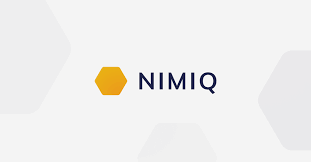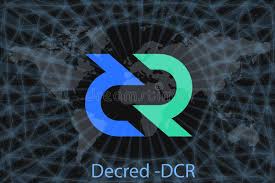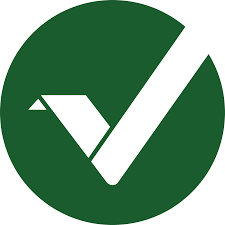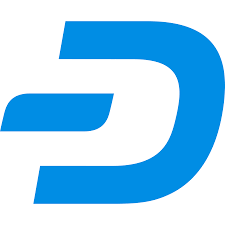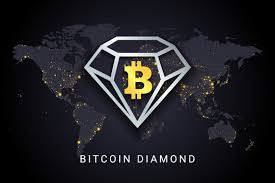Nimiq is a decentralized and censorship-resistant payment system that uses the NIM token to transfer and store value.
The project differs from others in its innovative browser-based approach, which means that users can directly connect to the blockchain only using a web browser and have no intermediaries.
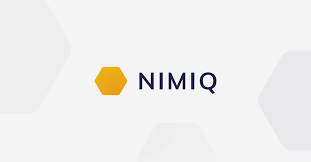
The benefit for users is that Nimiq allows them to use NIM without any installation, and this gives the project a unique “just works” characteristic that is combined with simple, easy-to-use user interfaces.
The Nimiq payment system is designed to make everything as simple, accessible, and simple as possible for the user. The driving force is that Nimiq believes that cryptocurrencies should be simple enough to be used by the average Internet user to stimulate wider adoption.
Nimiq’s emphasis on ease of use and a browser-based approach means the project aims to be a cryptocurrency for the masses and aims to target both tech-savvy and casual internet users alike.
Nimiq is also home to an ecosystem of dozens of apps and best ideas.
Features
Nimiq is the first blockchain browser. This means that Nimiq-based applications can run directly in the user’s browser, locally, without installation, and the need for a server-side application. And if you have a server-side form, you can use the Nimiq Node.js client.
Therefore, it can be simply integrated into any existing form. Syncing with Nimiq takes seconds, not hours, and runs with fast bandwidth. Ideal for mobile and progressive web applications.
- You can build blockchain-enabled apps in JS without a third-party vendor
- No dependence on external services, your application is a full member of the Nimiq network
- No service payments, terms of use, controls, and limitations
- All open source and licensed under MIT and Apache 2.0
- Build a blockchain-based application and deploy it
- Add NIM Payments to Any Existing Application
Nimiq’s main net launched on April 14, 2018.
Nimiq has the following features:
- the Nimiq 1.0 blockchain works on the pow algorithm, the updated Nimiq 2.0 network will work according to two consensus algorithms – pow and pos (Albatross protocol);
- the time between blocks – 60 sec .;
- the maximum block size is 140 kilobytes;
- transaction speed – more than 1000 per second;
- a change in the difficulty of mining depending on the total hash rate of the network occurs every block;
- planned issue – 21 million NIM coins;
- the reward for the found block is initially 4405 NIM with a gradual decrease in the reward to 4000 satoshis for about 100 years.
Testing of the Nimiq 2.0 network began at the end of 2019, and the full transition to it was made in 2020.
NIM token
The NIM token is the native token of the Nimiq payment system and the concept is to be used as electronic money.
This end goal is the same as that of other cryptocurrencies such as Bitcoin, Litecoin, and many others. However, the truth is that no cryptocurrency can be considered real digital cash right now.
The reason is that not all sellers accept it, which makes it nearly impossible to buy everything you need using cryptography. This is normal, adoption takes time and will probably take longer than many expect.
Output
We love Nimiq’s technological approach, the potential groundbreaking innovations of Nimiq OASIS, and the promising initial research results. The strength of the Nimiq payment system can be seen in all of these things, plus it focuses on ease of use and a browser-based approach.
Nimiq, the first browser-based blockchain, is worth a look. With its user-friendly interface and easy accessibility, it could well become one of the most acceptable payment systems in the crypto space.
However, it remains to be seen if the ecosystem will ever be completed and whether Nimiq will be able to gain the recognition it is striving for.
Design approach
Web applications have become the standard of the Internet and are disrupting the business models of traditional software industries. From Encarta to Wikipedia, Office to Google Docs, web applications are much more attractive because they improve the overall usability of the software for the user:
- No installation required: Users can open the website and start using the application with one click.
- Interoperability between devices: By focusing on the browser rather than on each specific OS and device, a more consistent codebase is achieved, which ensures a stable and consistent experience across all devices for the user.
- Built-in security and privacy. Browsers are one of the safest, tried, and tested software products out there. The provision of unsecured client software that runs in the user’s browser enables inherently secure and private applications to be built.
- Intuitive: Once you know the user is familiar with their browser, you can create a smooth and easy-to-use user interface that “just works”.
- Future-proof: Web applications are an obvious long-term trend in software development as the Internet has become ubiquitous even in developing countries.



